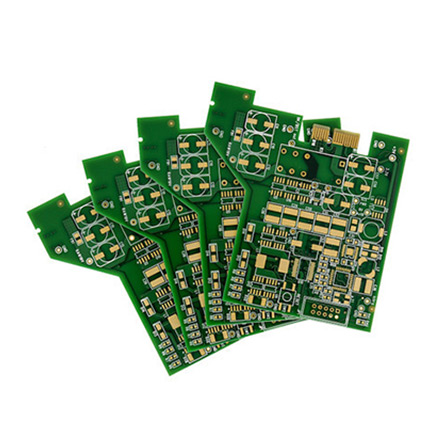

The Silver Mirror Material A Reflection on Innovation and Aesthetics
In the world of materials science, the synthesis and application of various substances continually evolve, creating opportunities for innovation in both functionality and aesthetics. One such remarkable material is the silver mirror, renowned for its reflective properties and its long-standing association with artistry and craftsmanship. This article explores the characteristics, applications, and the historical context of silver mirror material, emphasizing its significance in various fields.
Historical Context
The creation of mirrors dates back thousands of years. The earliest mirrors were made from polished stones, such as obsidian, and later transitioned to metals like bronze and silver. The silver mirror emerged in the 19th century when a chemical process using silver nitrate enabled a thin layer of metallic silver to be deposited onto glass. This innovative technique not only enhanced the quality of reflection but also made mirrors more accessible to the general public. The introduction of the silver mirror material marked a significant turning point in both functionality and design.
Composition and Properties
Silver mirrors are traditionally composed of a thin layer of silver applied to a glass substrate. The reflective film is often treated with a protective coating to prevent tarnishing and enhance durability. Silver possesses extraordinarily high reflectivity, making it ideal for mirrors, as it can reflect up to 98% of visible light. This attribute not only provides a clear and bright image but also enhances the overall aesthetic appeal of the mirror. The sheen and luminosity of a silver mirror can dramatically alter the ambiance of a space, giving it an elegant and sophisticated touch.
In addition to its excellent reflective properties, silver also has innate antibacterial qualities. This feature has led to its incorporation into various applications beyond traditional mirrors, such as in medical equipment and surface coatings where hygiene is paramount. The dual nature of silver mirrors—offering both beauty and function—positions them as versatile materials in contemporary design.

Applications in Design and Art
Historically, silver mirrors have been integral to the fields of art and architecture. Artists and craftsmen utilized silver mirrors to create intricate works that reflected light and enhanced the visual narrative. In baroque and rococo designs, for example, mirrors were strategically placed to create an illusion of space, thereby amplifying the grandeur of interiors. The reflective properties of silver allowed artists to experiment with light dynamics, creating captivating and immersive experiences for viewers.
In modern design, silver mirrors continue to play a crucial role. They are prominently featured in interior décor, often serving as statement pieces that draw the eye and enhance the aesthetics of a room. Designers incorporate silver mirrors into various forms—be it sleek, minimalist frames or elaborately gilded designs—to cater to diverse tastes and styles. The flexibility of silver mirror materials allows for creative freedom, enabling designers to craft unique environments that reflect individual personalities and cultural trends.
Furthermore, the rise of sustainable design has prompted a renewed interest in materials like silver mirrors, which can be reused or recycled. As the demand for eco-friendly options increases, the longevity and durability of silver mirrors align well with sustainable practices, making them a preferred choice for both designers and consumers.
Conclusion
The silver mirror material is more than just a reflective surface; it is a symbol of innovation, craftsmanship, and aesthetic sophistication. From its rich historical background to its contemporary applications in design and art, silver mirrors embody a unique blend of beauty and functionality. As we continue to explore and innovate with materials, silver mirrors will undoubtedly remain a beloved choice that captures the essence of elegance while fulfilling practical needs. Their reflective qualities not only enhance our spaces but also invite us to reflect on the interplay between light, design, and human experience. In a world increasingly driven by technology and minimalism, the silver mirror material stands as a reminder of the timeless allure of craftsmanship and artistic expression.